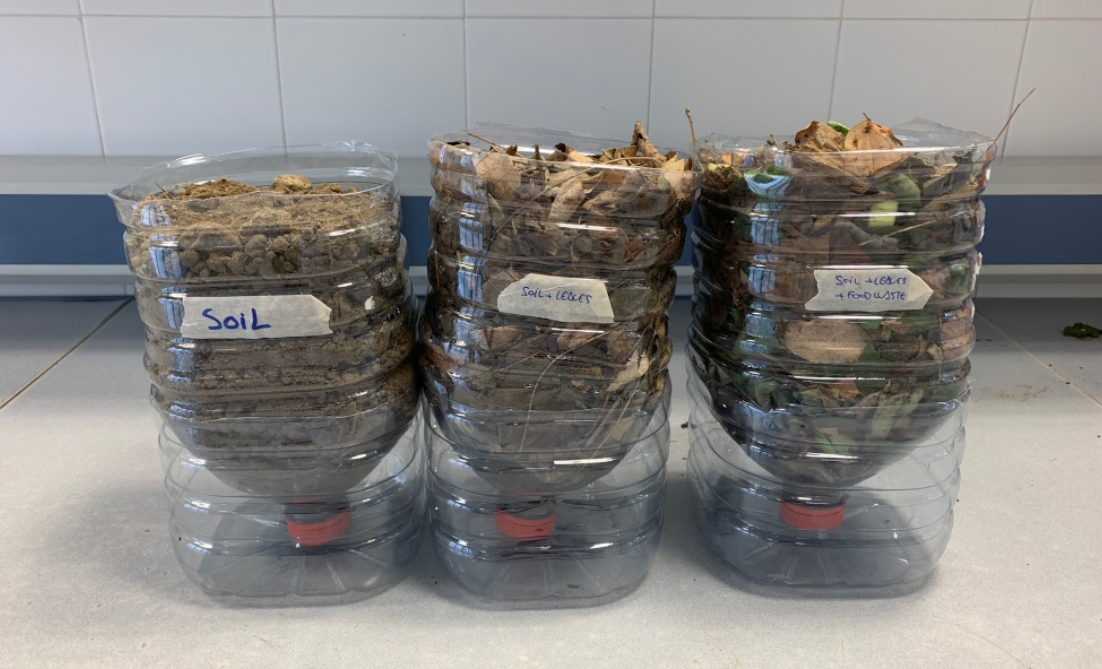👍Practical Recommendations Before Starting
For the composting workshop, the first step is to adapt it to your space. If you have limited space, recycled water bottles work perfectly as mini composters. If you have a bit more room, use plastic boxes with lids (they keep the compost contained and odor-free). And if you have a yard or outdoor area, go for pallets or large wooden boxes! This way, you can store more and get everyone involved on a larger scale.

Digital fabrication? Absolutely! If you have access to tools like laser cutters or 3D printers, why not let your students design their own composter? This adds a technological touch to an eco-friendly activity. But don’t worry if you don’t have those tools: recycled materials work just as well. Large bottles, fruit crates, or any container can be transformed into composters, and you'll also be encouraging reuse!
Safety and accessibility: It’s essential to clearly define the workspace so everyone knows where to move. Ensure that every student can comfortably participate.
About unexpected “visitors”... (curious animals 🐾), it’s best to use lids. This allows the compost to “breathe” without attracting unwanted surprises. Remember to check the compost from time to time to ensure everything is in order.
Work gear: Gardening gloves are a must so students can handle the compost without getting too dirty. If you have aprons, great! If not, let them know to wear clothes they don’t mind getting messy. The important thing is that they feel comfortable.
What about odors? If you're indoors, open a window or place a fan nearby. If you notice strong odors, add “brown material” (cardboard or dry leaves) to balance the mix.
Fun organization: Put up a poster listing the types of waste that can be used (green and brown). Use colored labels and turn sorting waste into a game. They’ll love it!
Regular check-ups: Set a special day to mix the compost and check its progress. If you have tools like the P-Bit or sensors to measure temperature and humidity, even better! This adds a bit of science to the process and sparks their curiosity.
Get everyone involved: Ask students to bring waste from home or collect it from the cafeteria. They can even invite neighbors and family members to join in. When the compost is ready, organize a small presentation where they showcase what they’ve learned. They’ll be so proud of their work!
A lesson in patience: Remind them that composting is a slow process, but the results are worth the wait. Turn this activity into a team adventure to care for the planet together. Let’s get to work! 🌍✨
Last updated